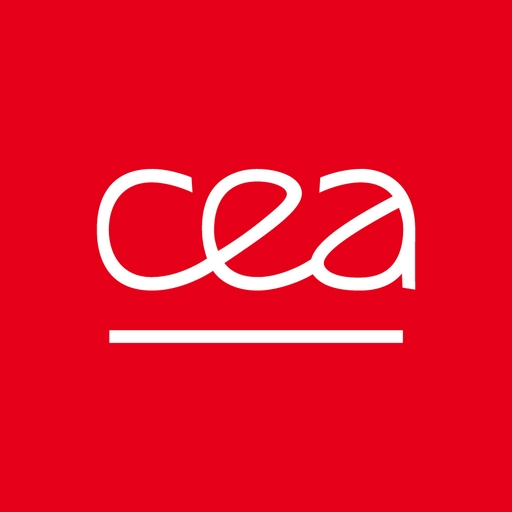Aggregating image and text quantized correlated components
Résumé
Cross-modal tasks occur naturally for multimedia content that can be described along two or more modalities like visual content and text. Such tasks require to "translate" information from one modality to another. Methods like kernelized canonical correlation analysis (KCCA) attempt to solve such tasks by finding aligned subspaces in the description spaces of different modalities. Since they favor correlations against modality-specific information, these methods have shown some success in both cross-modal and bi-modal tasks. However, we show that a direct use of the subspace alignment obtained by KCCA only leads to coarse translation abilities. To address this problem, we first put forward a new representation method that aggregates information provided by the projections of both modalities on their aligned subspaces. We further suggest a method relying on neighborhoods in these subspaces to complete uni-modal information. Our proposal exhibits state-of-the-art results for bi-modal classification on Pascal VOC07 and improves it by over 60% for cross-modal retrieval on FlickR 8K/30K.
Origine : Fichiers éditeurs autorisés sur une archive ouverte
Loading...


